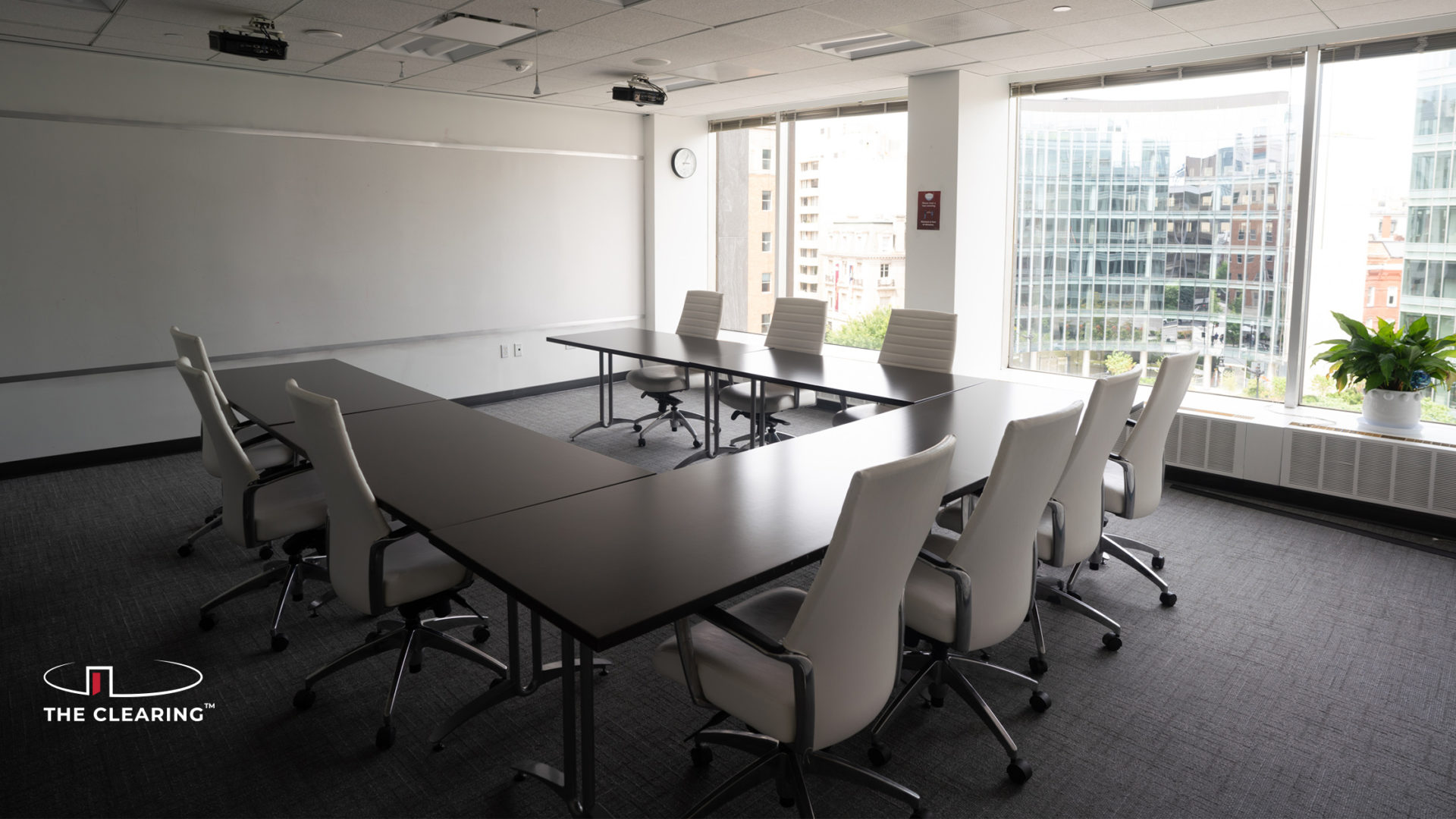Open office floor plans are all the rage, but not all leaders should be so quick to embrace the trend for their organizations. The Clearing’s work on organizational culture and workspace design has led to some interesting insight into what really works for modern offices.
Here are five tips for creating a functional workspace that works for your organization.
Be mindful of the work your employees are performing.
Done right, an open office floor plan can foster communication and collaboration. But that same open office layout is likely to stifle productivity for employees who need quiet to think through complicated formulas. While employees in some roles thrive in an environment that encourages open and active communication, employees in other roles depend on quiet solitude to focus on their work. A healthy mix of private spaces and open areas may be necessary to meet the needs of a diverse organization with multifaceted departments.
Consider who your employees are and what they value.
Outgoing or introverted, understated or outlandish, the unique personalities your team brings to the office should be considered when making decisions about workspace designs. Certain industries tend to attract people with extroverted personalities. Others tend to attract more introverted types. More commonly, organizations may find that their employees have a diverse array of personalities that must be accommodated in order to keep everyone engaged and productive at work.
Create a workspace that matches your organizational culture.
Know your organizational culture when planning your workspace design, or use your physical workspace transformation to springboard a larger culture transformation. Open communication, training that enables employees to work confidently in the new space, and other change management practices can help to ensure that your organizational culture and workspace designs are a positive match. The end result: a productive, pleasant environment for your employees.
Utility is key to success.
Carefully chosen colors and engaging artwork on the walls won’t generate productivity if your office environment isn’t functional. Plenty of options for charging devices, powerful Wi-Fi, and flexible spaces will ensure that your team members have the tools they need to be effective, and adding ergonomic office furniture, sit-stand desks, and other supportive office equipment will help foster good health in the workplace. A functional workspace boosts morale and fosters employee engagement.
Make the office optional when appropriate.
Thanks to cloud technology, online collaboration tools, and widespread internet access, many of today’s employees don’t need to be confined to an office to be productive. Allowing members of your organization to telecommute some or all of the time can alleviate stressors like commuting and struggling to balance work and family. Flexible scheduling options also let employees know that they are trusted and valued at work. And contrary to concerns expressed by many business leaders, several recent studies have found that flexible hours and telecommuting options actually increase employee engagement and productivity.
The Clearing’s consultations on workspace design help organizations create an ideal space that fosters employee engagement and organizational culture. Contact us to learn more about our consulting services for corporations, government agencies, and non-profits.
